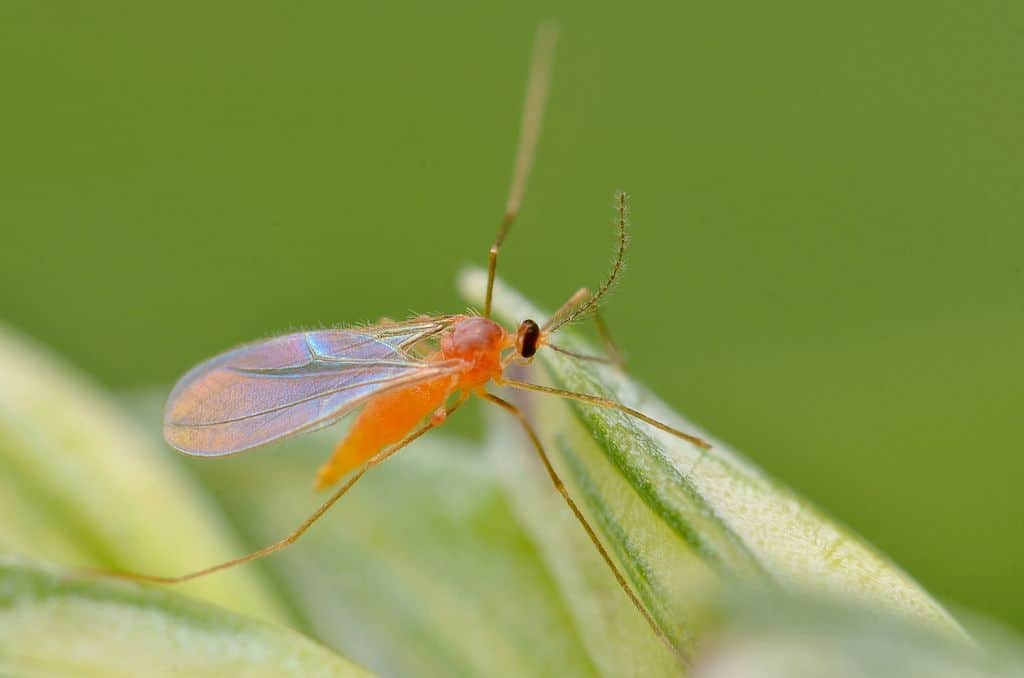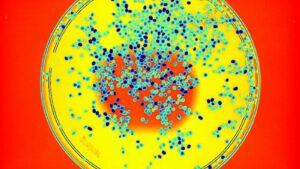For years, seed testing was done using phenotypic analysis. That is, we would look at the visible characteristics and state of the seed to determine what it was or whether it was healthy.
Phenotypic analyses are still used today and make no mistake — they remain a fundamental part of purity checks and germination/vigour assessment for how plants will respond to their environment.
However, genotypic analyses take us to the molecular level, enabling seed testing professionals to literally peer into the DNA blueprint of seed and parse out increasingly subtle differences that could not be easily done otherwise.
The biggest awareness of genomic testing came about with the introduction of GM crops. These plants and their products were revolutionary in terms of the novel traits that became available to growers and consumers. The introduced DNA was also known, present in specific combinations, and easily located within the host plant genome.
Genotype analysis provided a much faster and more exact detection than could have been done with older bioassay testing. Traceability of GM crops for regulatory and proprietary purposes was a significant factor in mainstream adoption of genotypic testing.

Molecular breeding to generate new non-GM varieties uses DNA markers to combine desired traits across plants with a minimum presence of other traits tagging along during the breeding process. A side effect of this is fewer visible differences between varieties. Genetic fingerprinting for varietal identification is another form of genotypic analysis.
One example of how farmers benefit from varietal genotyping is midge tolerant wheat varietal blends. Tolerant varieties carry a gene called Sm1 that makes tolerant varieties less palatable for feeding wheat midge larvae. Midge-tolerant varieties are grown commercially in blends with non-resistant wheat seeds — a “refuge” — that the midge will preferentially feed on, thereby decreasing their exposure to and ability to overcome the Sm1 resistance.
Varieties used in the blend are paired for comparable agronomic qualities to protect yield and end use quality characteristics, and for similar size and weight to allow for accurate blending to the right amount of refuge. They can look physically very alike but there are still consistent differences in their DNA sequence that allow us to differentiate and count the relative amounts of each variety to ensure the optimal amount of refuge is present in the blend.
Genomic testing capability analysis can be based on unique pieces of DNA sequence present in a genome, different sizes of a DNA marker resulting from the number of repeats of a known sequence, or even a single nucleotide difference at a known location. The last of these markers will be particularly relevant when testing for future gene-edited crops.
In the meantime, combinations of these tools are already being used routinely in breeding, GM detection, varietal identification, pathogen and weed species identification, and pathotyping.
This provides for new varieties from a diverse pool of germplasm, maintains effectiveness of genetic resistances, monitors and helps contains weed and pathogen spread, and supports general quality control throughout the seed production system.








